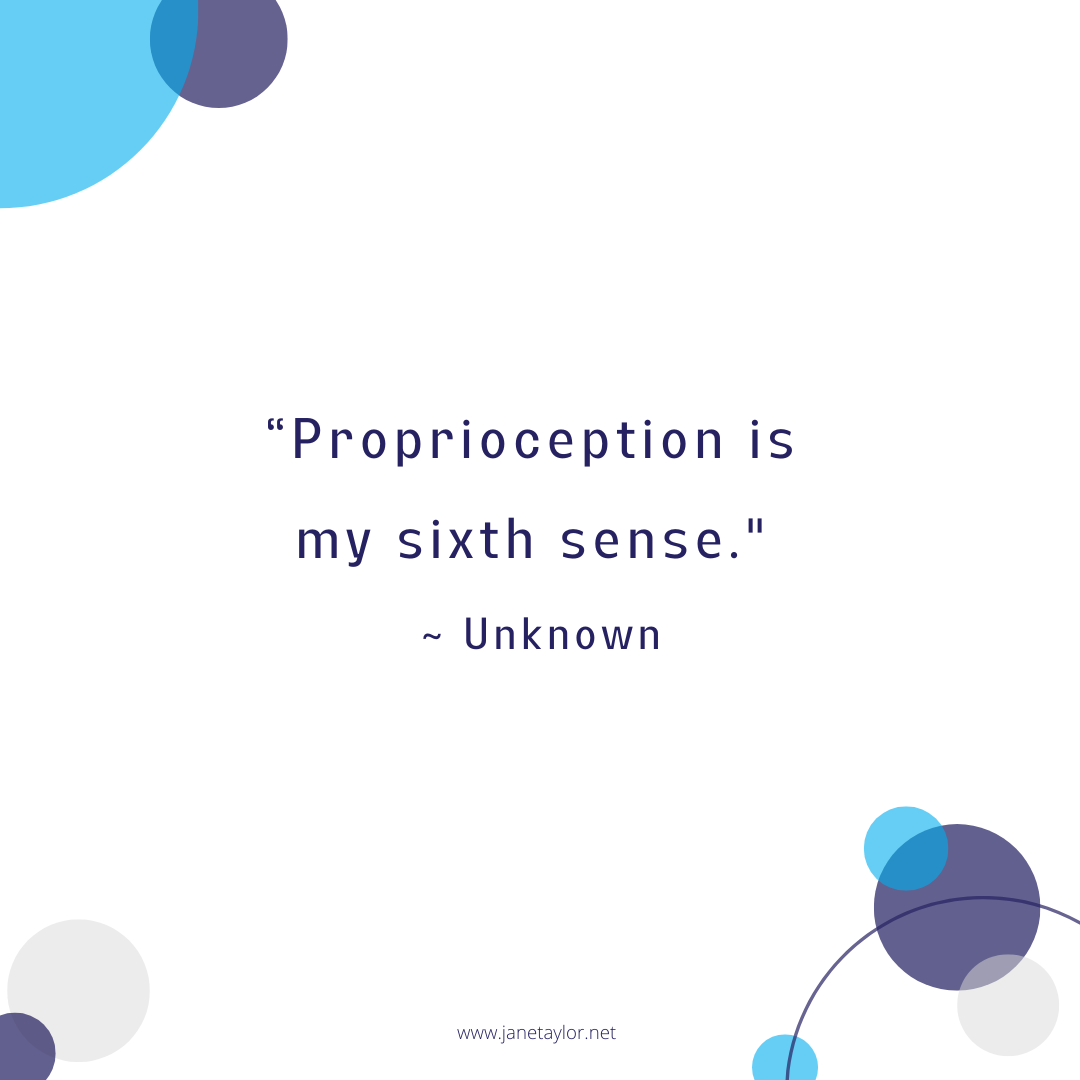What is Proprioception?

When I was growing up as a professional athlete, proprioception was something I trained. However it wasn’t really consciously. As life has evolved, I have come to realise the importance of proprioception, which is why I wanted to share more about it today on the journal.
Definitions of Proprioception
Proprioception is derived from the Latin words proprius – “one’s own,” and percepio– “perception.” Put simply, it’s your ability to sense your body’s position in space. Some definitions of proprioception, include-
- “sense of body positioning in space.” ~ Physiopedia,
- “the reception of stimuli produced within the organism” ~ Merriam-Webster Dictionary,
- “perception governed by proprioceptors, as awareness of the position of one’s body” ~ Dictionary.com
- “the sensation of body position and movement” and referred to as “the sixth sense” ~ Tuthill and Azim (2018),
- “refers to sensory signals generated in the muscles, joints, and skin by the body’s own movements.” ~ Kandal, Shartz, & Jessell, 2000.
After reading the above definitions of proprioception, how do you define it? Feel free to share below.
Why Is Proprioception Important?
As we identified above, proprioception is the sense that tells the body where it is in space (i.e. where our body parts are, how they move and how much strength they require to move). Proprioceptive input comes from sensory receptors located in our skin, muscles and joints. Proprioception plays a large role in body awareness, co-ordination, posture, self-regulation, the ability to focus and speech. Playing sport, writing and playing the piano are activities that require a high level of proprioception.
Over to You…
I hope this post has helped you with comprehending what proprioception is as well as why proprioception is important. If you have any comments or questions, please write them below.
If you are ready to reclaim your courage and take the next step towards your freedom and opening your heart, why not join our Toolkit?
References –
Kandal, E. R., Schwartz, J. H., & Jessell, T. M. (2000). Principles of Neural Science (4th ed.). New York: McGraw-Hill.
Tuthill, J., & Azim, E. (2018). “Proprioception”. Current Biology. 28 (5): R194–R203.
